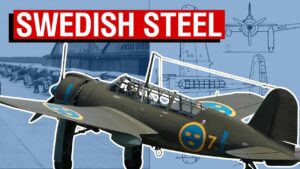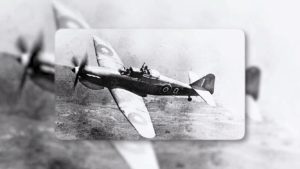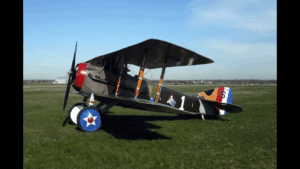America’s Secret WW2 Combat Drone That Bombed The Japanese
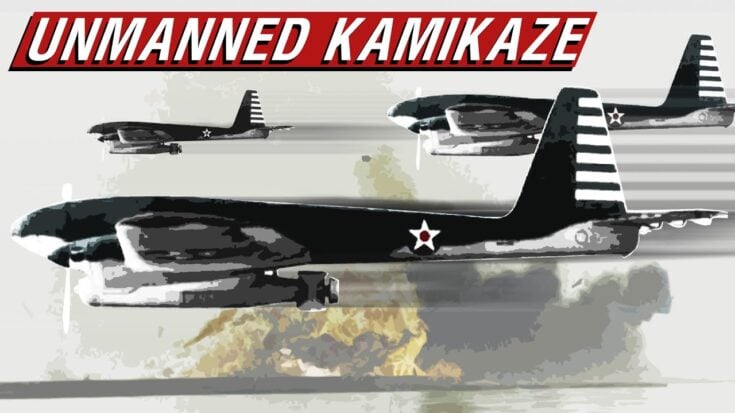
YouTube / Rex's Hangar
In 1966, journalist Steve G. Simpson stumbled upon a mystery deep in the jungles of Papua New Guinea. Near the wartime ruins of Rabaul, once a major Japanese stronghold, he discovered the wreckage of a strange aircraft—unlike any known type that had flown in the Pacific. Among the twisted metal lay a bomb release system, welded steel tubing, a six-cylinder Lycoming engine, and a wooden propeller hub.
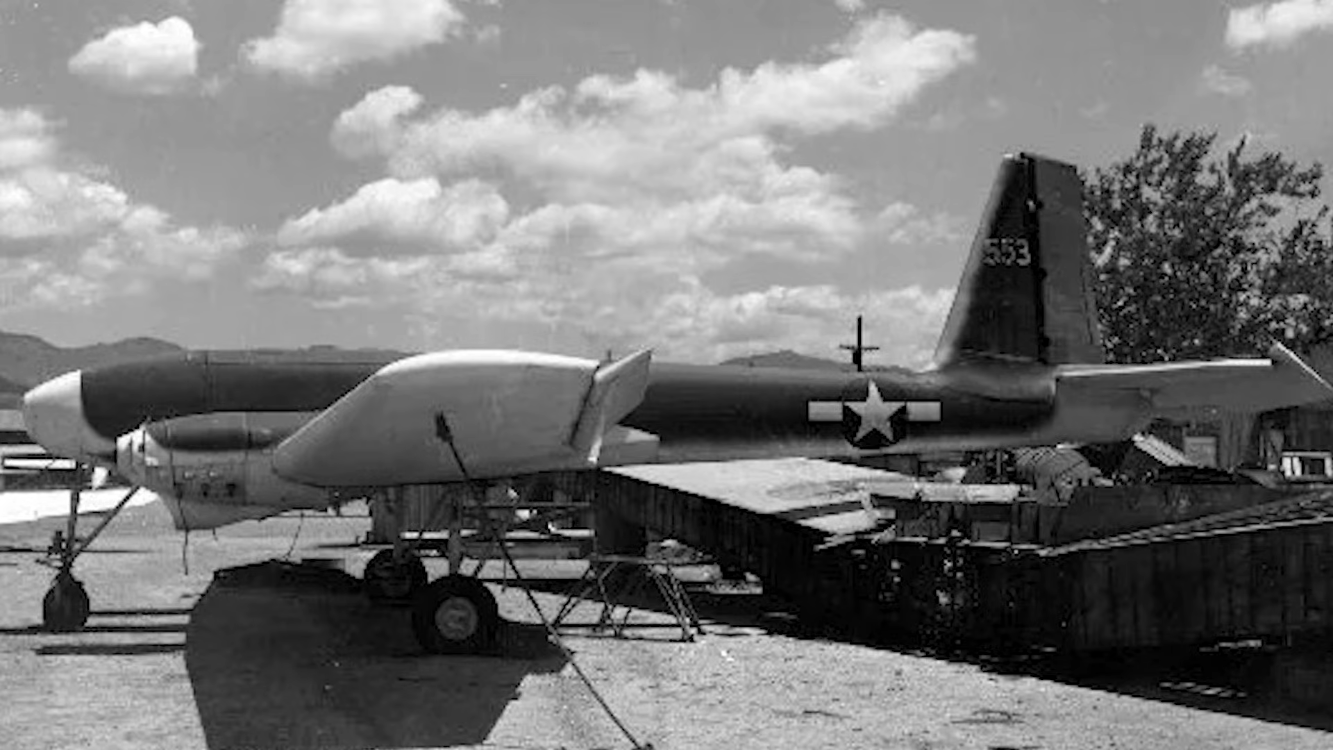
When Simpson contacted the U.S. Air Force, officials curtly replied that no such aircraft had ever existed. But he had, in fact, uncovered one of America’s first combat drones—the long-forgotten Interstate TDR-1.
The Secret Beginnings
The TDR-1’s story began years earlier, when U.S. Navy engineer Lt. Cmdr. Delmar Fahrney experimented with radio-controlled target drones in the 1930s. Originally designed to test shipboard gunners, these unmanned aircraft helped refine radar, fire control, and the deadly proximity fuse—all vital to victory at sea.
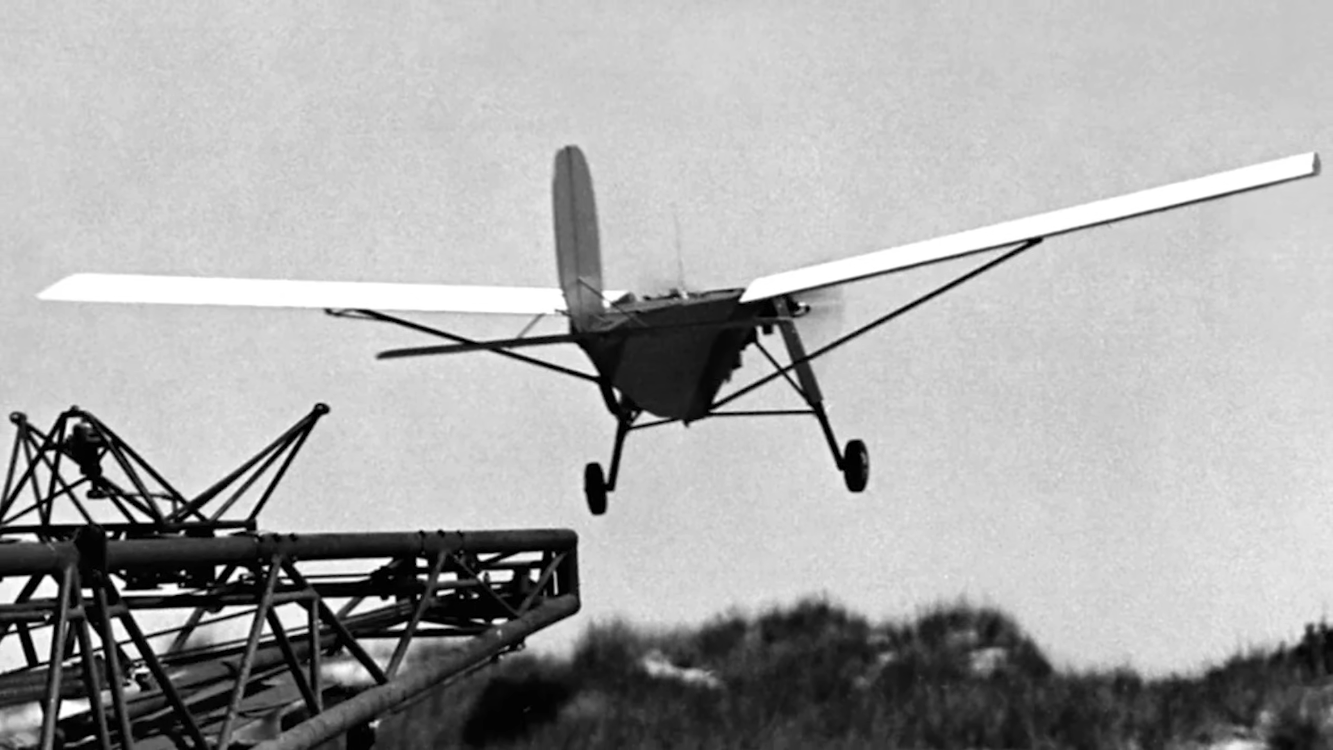
But Fahrney saw something greater. What if drones could attack instead of just evade? As the Pacific War loomed, he proposed unmanned “assault drones” that could carry bombs or torpedoes into heavily defended targets—saving pilots from suicide missions against Japanese carriers and strongholds.
Building the TDR-1
After Pearl Harbor, the Navy revived the idea under Operation Option, ordering the creation of low-cost, pilotless bombers. Two designs emerged: the Naval Aircraft Factory’s TDN, and the Interstate Aircraft TDR-1.
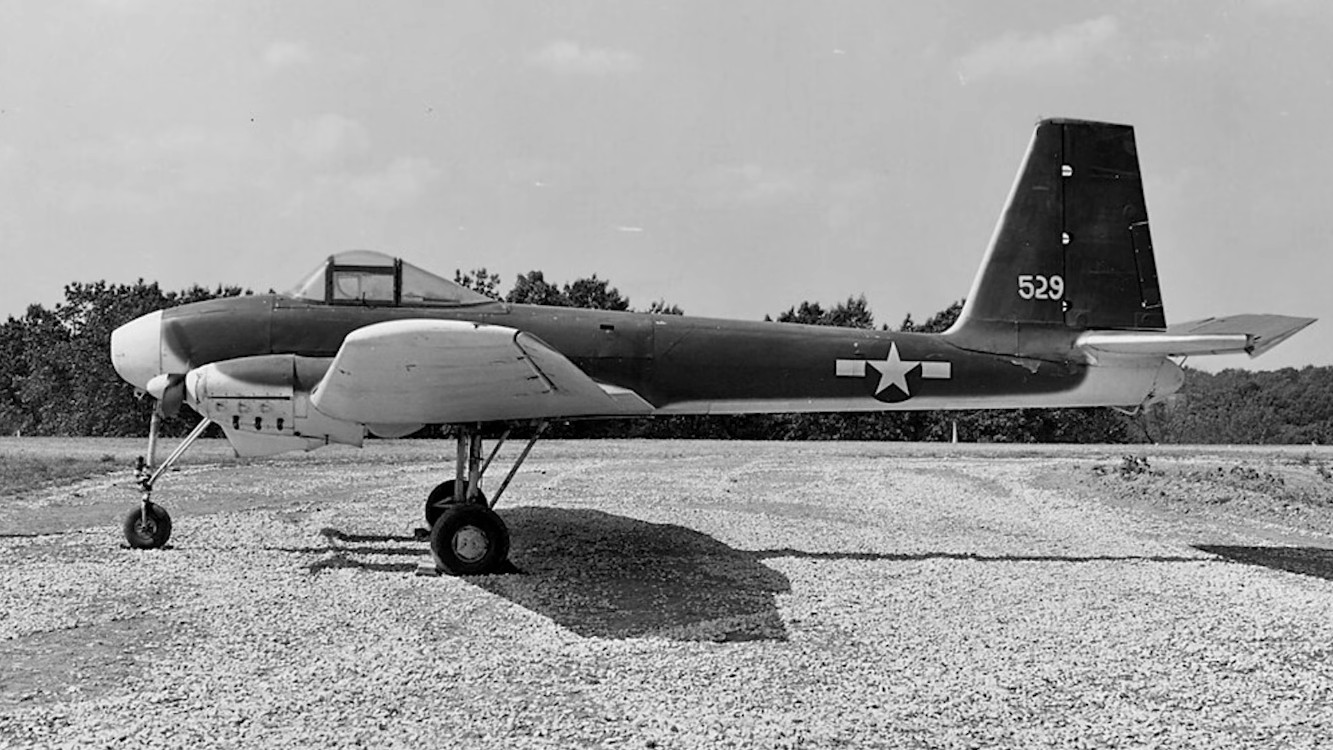
Built from plywood and steel tubing, the TDR-1 was powered by two 220-hp Lycoming engines and guided by a television camera in its nose—a crude, 70-pound RCA system transmitting grainy black-and-white images to a control aircraft flying 20 miles behind. Pilots aboard converted Grumman Avengers steered the drone using radio signals, watching the target on a small six-inch screen.
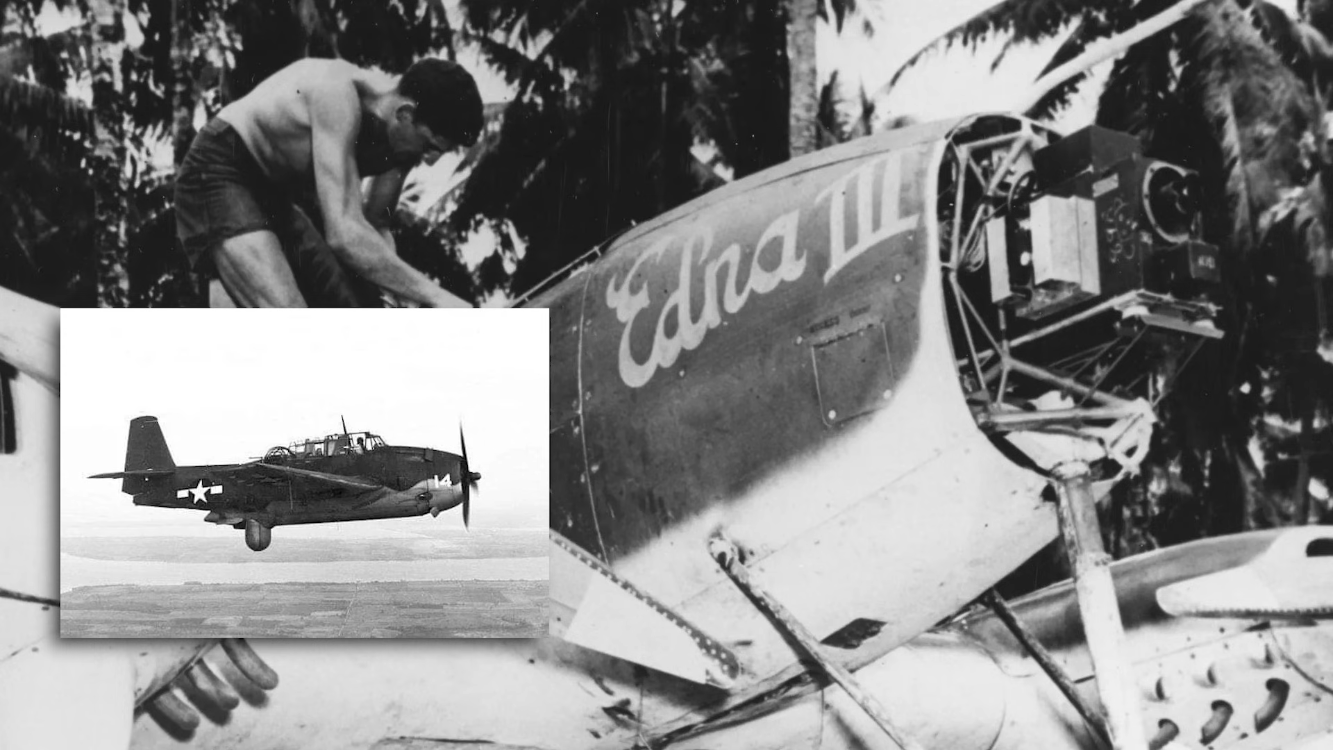
Armed with up to 2,000 pounds of bombs or a torpedo, the TDR-1 could fly 600 miles at 135 mph and, if necessary, ram itself directly into a target.
Into Combat
In 1944, two squadrons of TDR-1 drones were shipped to the Pacific as part of Special Air Task Force One (STAG-1). Their mission: test the world’s first unmanned attack aircraft in combat.
On September 27, 1944, four TDR-1s launched against a Japanese ship converted into a coastal gun battery. Three hit their target dead-on. Over the following weeks, drones struck bridges, artillery sites, tunnels, and even a lighthouse at Cape St. George—destroying 31 of 50 designated targets.
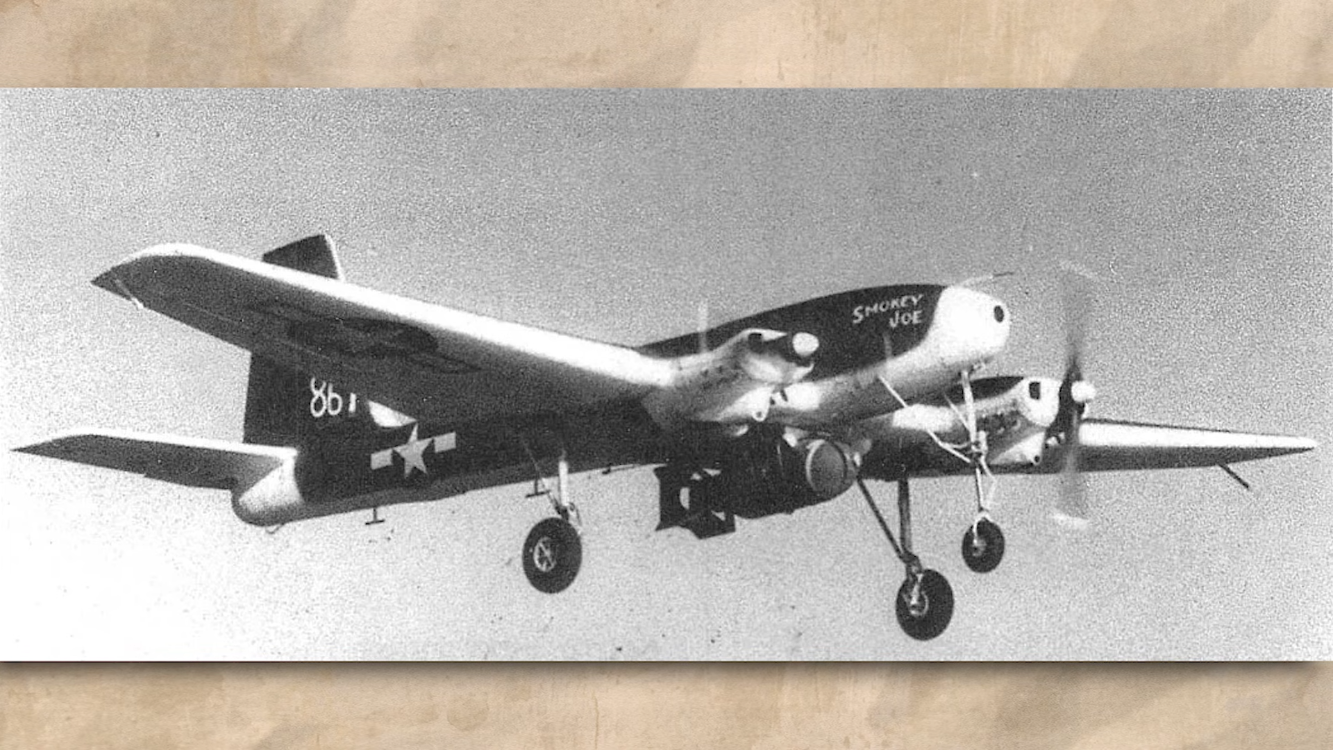
Some controllers even chose to crash the drones deliberately into objectives, their grainy TV screens showing the target growing larger until impact. Ironically, these attacks may have preceded Japan’s first Kamikaze strikes, making the U.S. Navy the first to employ guided suicide-style weapons—without risking human lives.
Forgotten but Not Lost
Despite a success rate of 62%, the Navy ended the program after only a month. The TDR-1s were slow, vulnerable, and unnecessary by late 1944, when Japan’s air defenses were collapsing. Most were scrapped or used for gunnery practice.
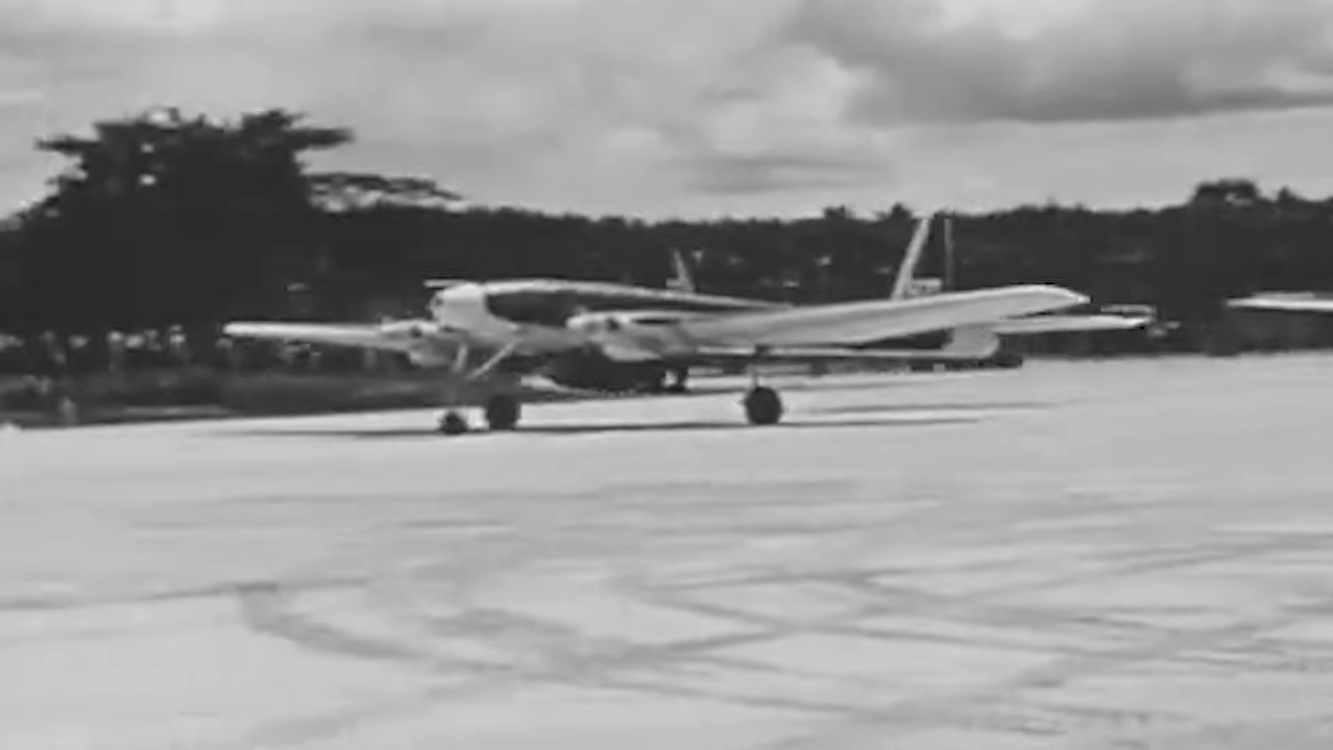
Yet Simpson’s discovery in 1966 forced the U.S. to finally acknowledge the program, declassifying Operation Option and giving long-overdue credit to the pioneers of unmanned warfare.
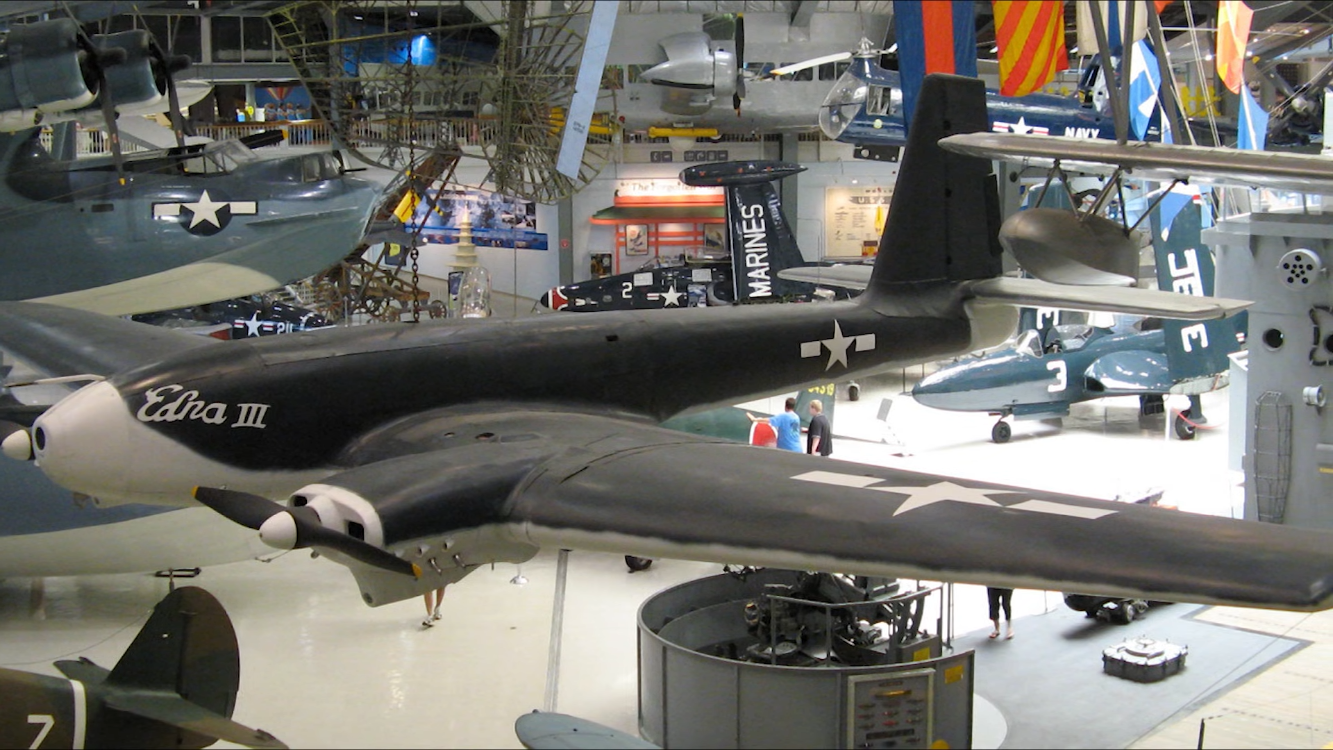
Today, one surviving TDR-1 stands on display at the National Naval Aviation Museum in Pensacola, Florida—a quiet reminder that America’s first combat drone flew and fought long before the Predator and Reaper ever took to the skies.
















